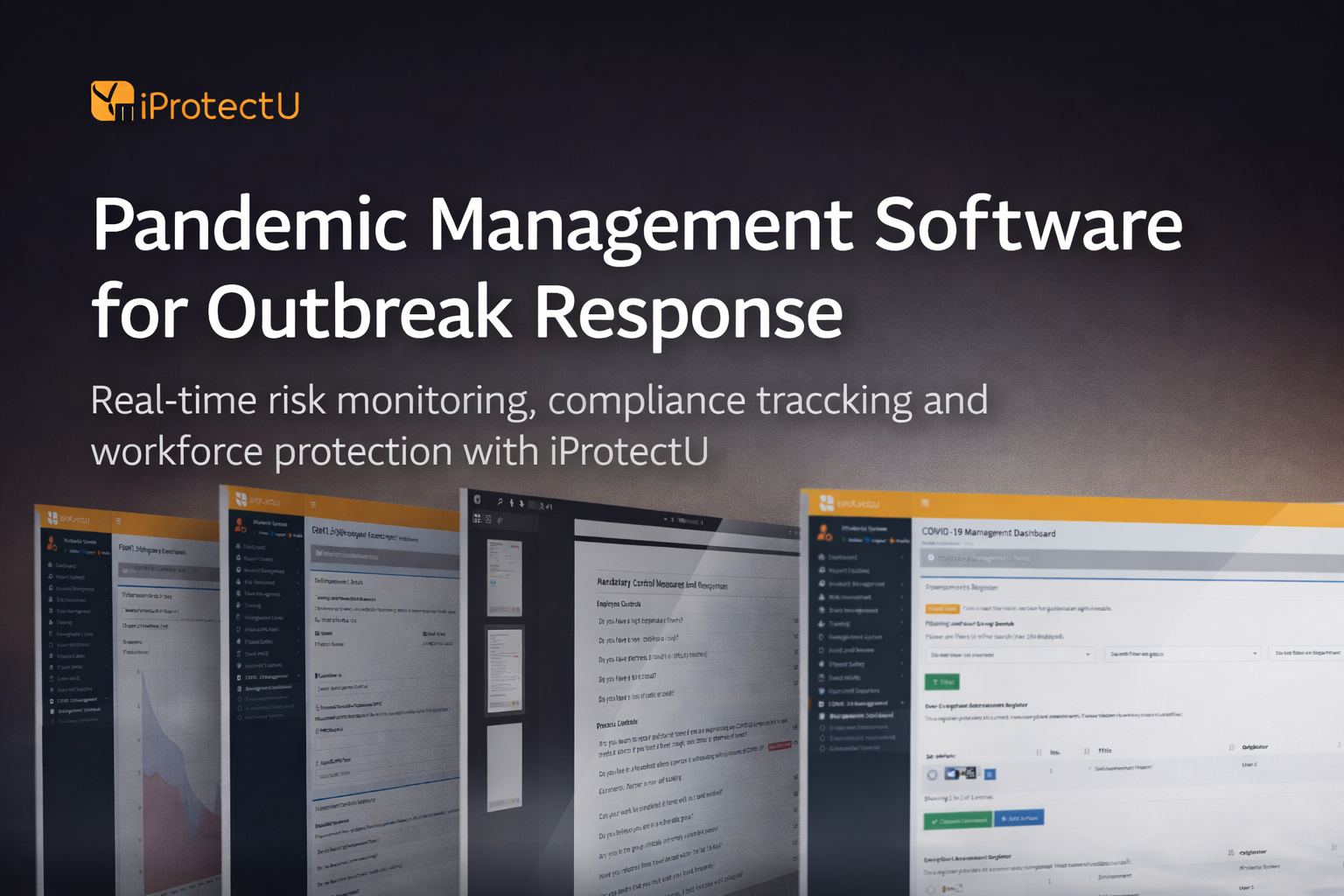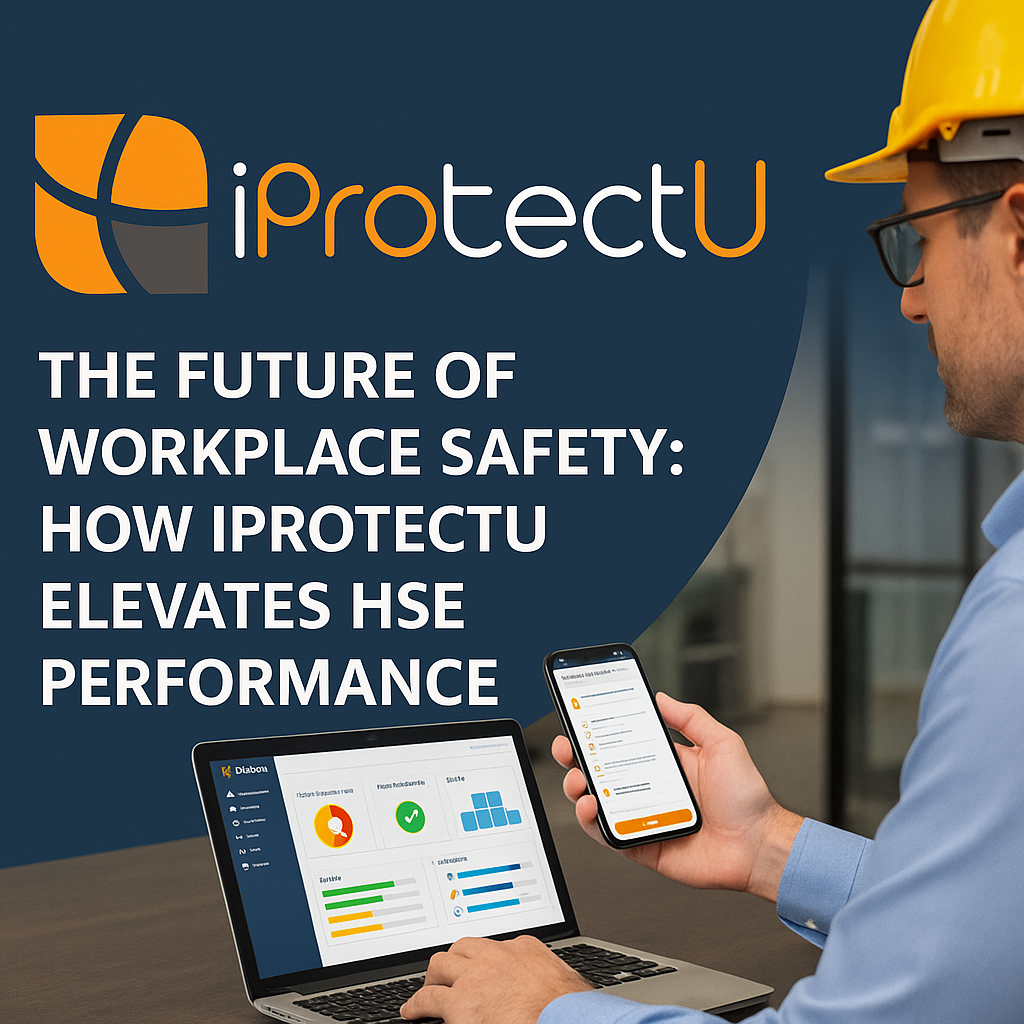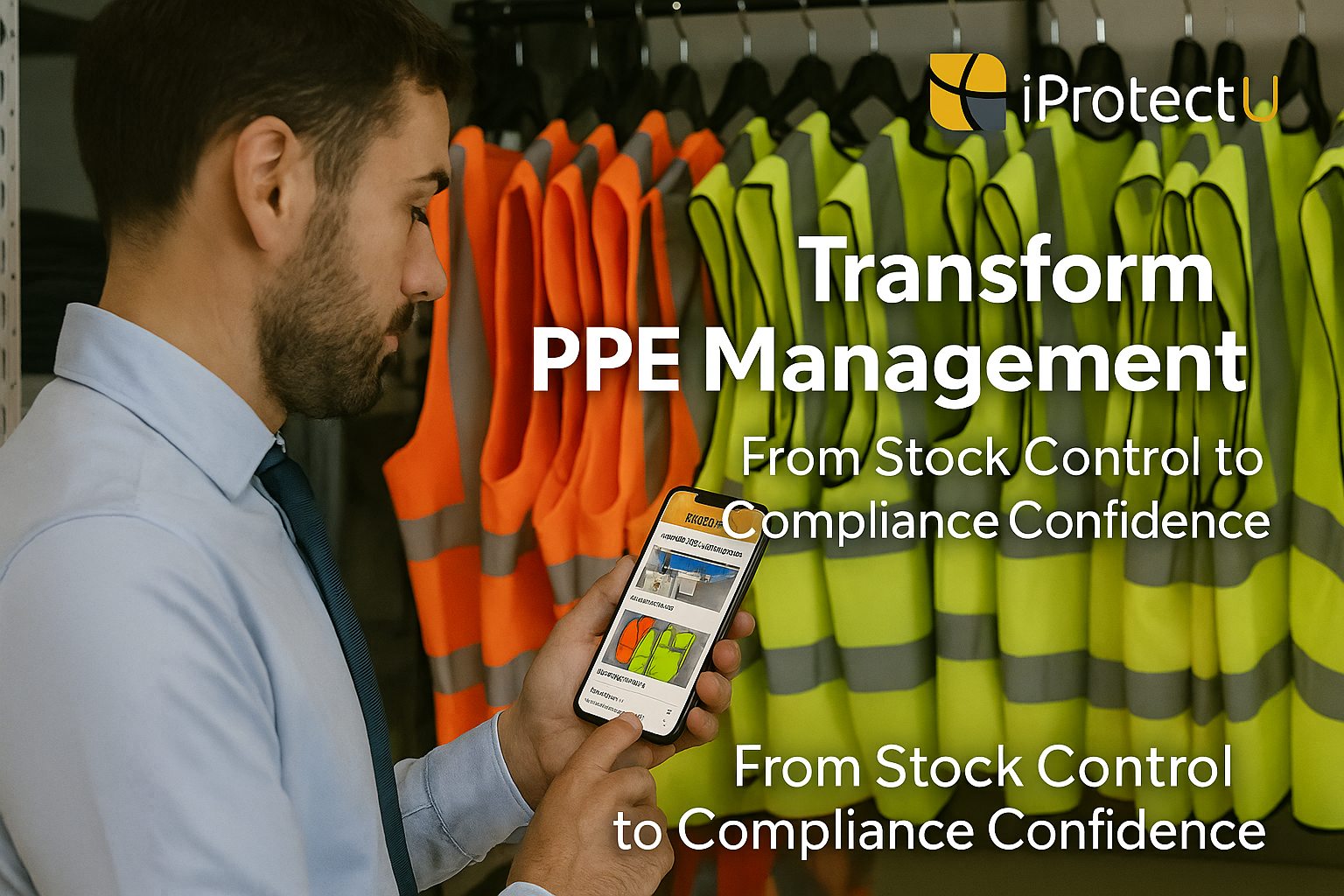
Twas the Night Before Compliance: A Very iProtectU Christmas & New Year’s Tale
Ho ho hold on – before you climb that ladder to hang the fairy lights…
Health and Safety Software » Health and Safety Software News » Learning and Development » Lone Worker Training and Monitoring

From home-based entrepreneurs and delivery personnel to healthcare professionals conducting home visits and security guards patrolling isolated areas, lone workers play a vital role in driving productivity and ensuring service delivery. However, working alone involves inherent risks, making safety training and monitoring essential components of an effective lone worker management strategy.
Understanding the Need for Safety Training and Monitoring
Lone workers face challenges that heighten their vulnerability to workplace hazards and incidents. These challenges include:
Implementing Effective Safety Training and Monitoring Strategies
To effectively safeguard lone workers, organisations should implement a comprehensive safety training and monitoring program that encompasses:
Comprehensive Safety Training:
Real-Time Monitoring and Communication:
Emergency Response Procedures:
Ongoing Safety Audits and Assessments:
Fostering a Culture of Safety:
Lone worker safety training and monitoring are essential components of a comprehensive occupational health and safety management system. By providing comprehensive safety training, implementing real-time monitoring solutions, establishing clear emergency response procedures, conducting regular safety audits, and fostering a safety culture, employers can effectively safeguard their lone workers and ensure their overall well-being.
The iProtectU health and safety software provides:
Arrange your demonstration
Let us show you how we can transform your health and safety, risk and compliance management
Please choose a date and time for your demo. We look forward to meeting with you.

Ho ho hold on – before you climb that ladder to hang the fairy lights…

Europe’s rising influenza activity underscores the importance of having the right digital tools in place.

iProtectU is proud to support the Final Straw Foundation’s Native Oyster Restoration Project, helping restore

When a national voice like IBEC publishes your perspective, it matters.
This week, iProtectU

Modern HSE software has evolved into a strategic necessity, empowering organisations to manage risk proactively,

Managing personal protective equipment (PPE) doesn’t have to be a paperwork struggle. With iProtectU, safety